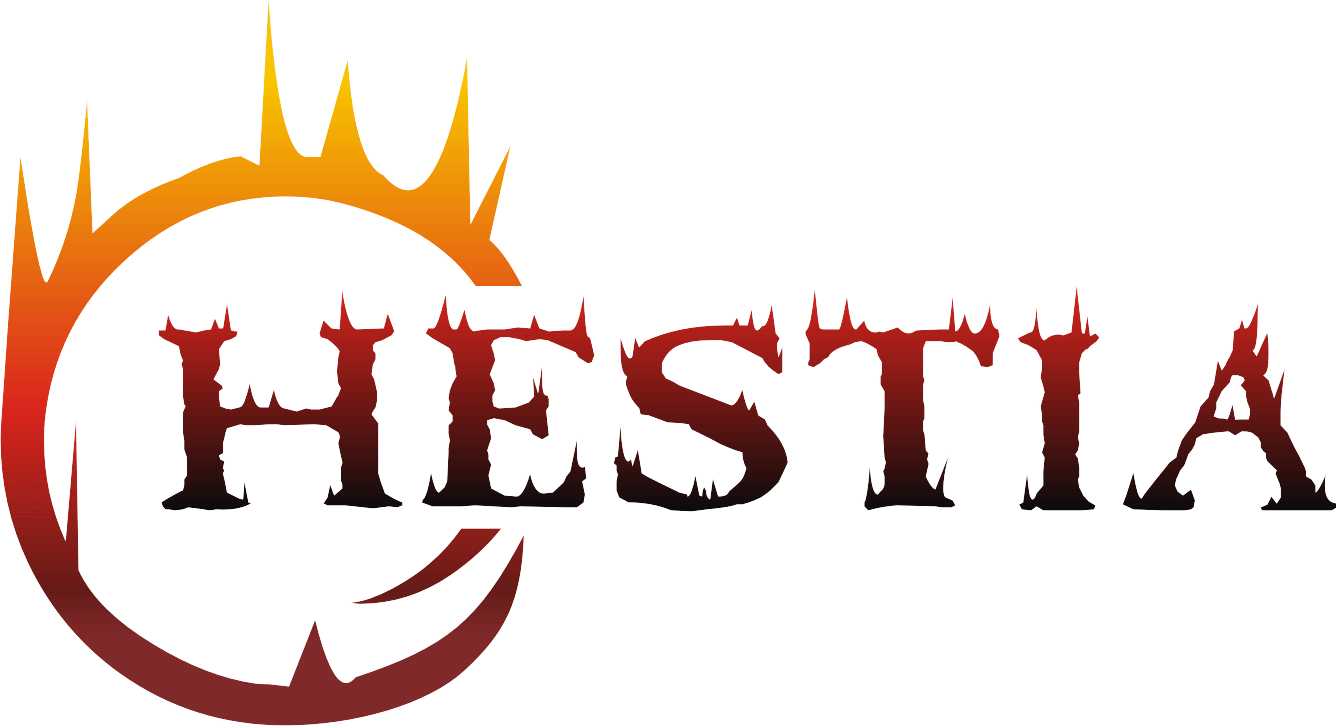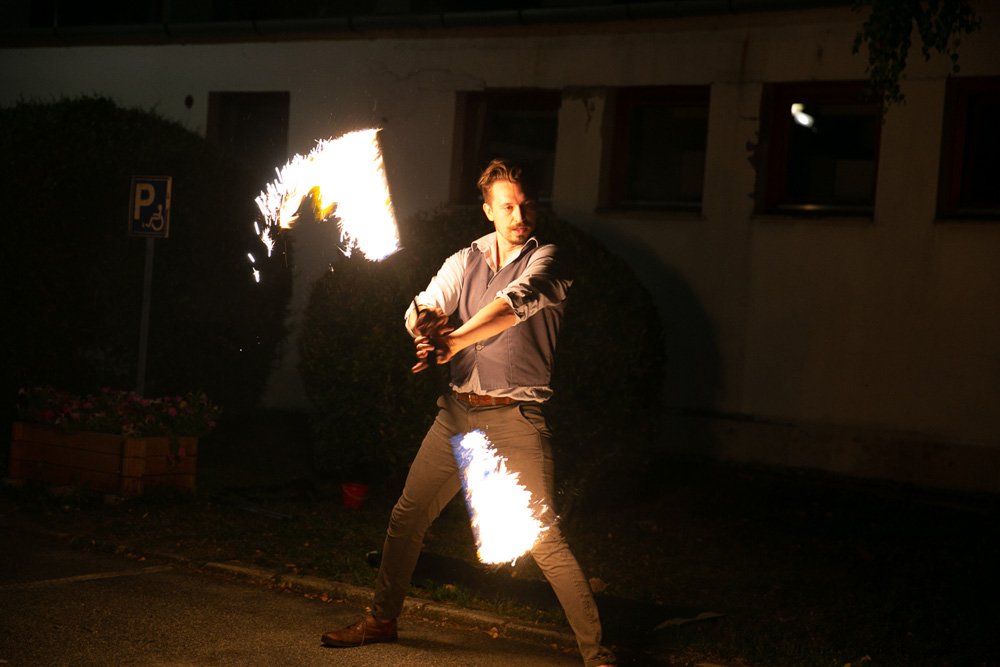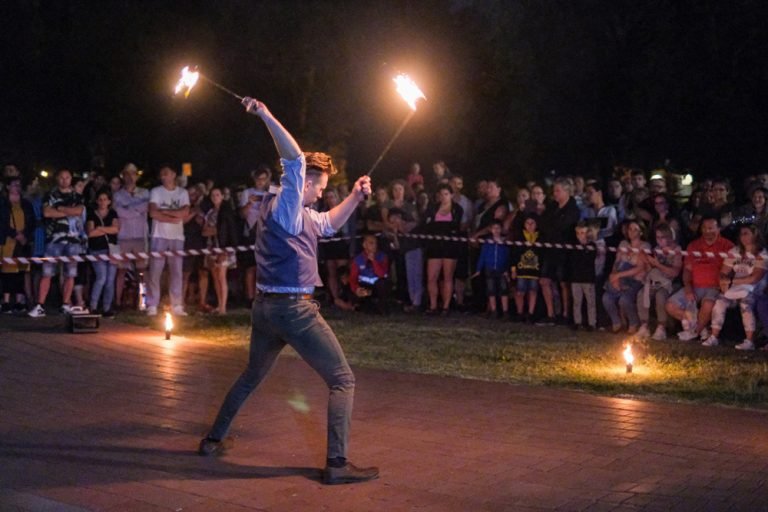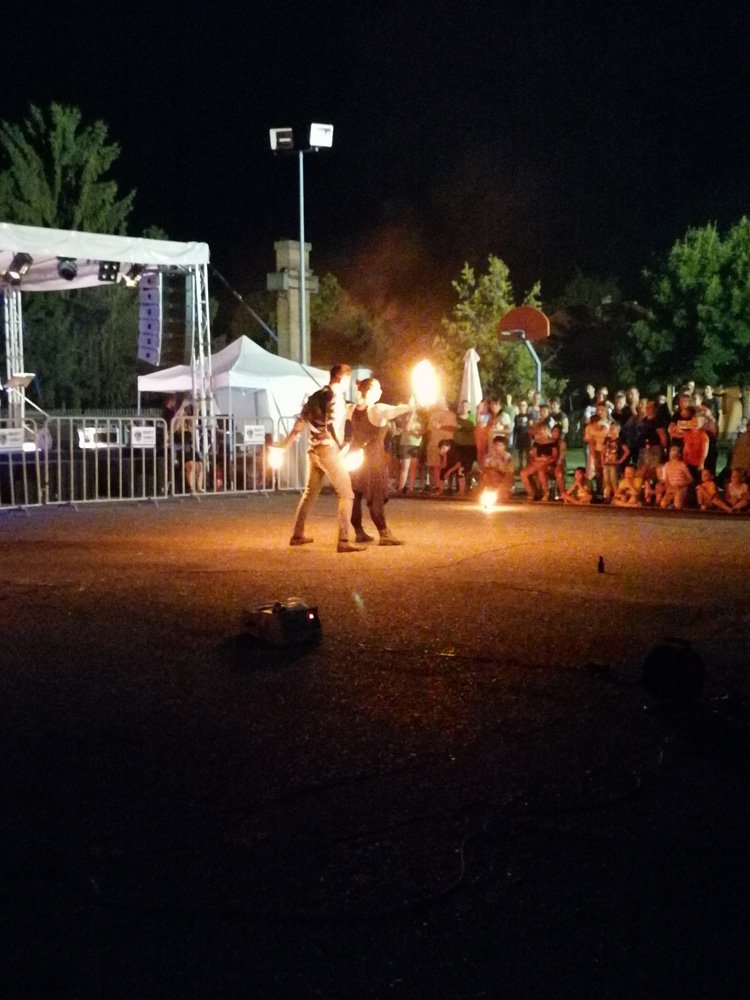h1>
From mesmerizing performances at festivals to high-profile corporate events, fire dancers command attention with agility, artistry, and precision. But behind every seamless spin and flaming flourish lies intense skill development and physical conditioning. The big question is: how does one train like a professional fire dancer? Whether you’re a performer seeking to elevate your craft or an event organizer aiming to understand what goes into a world-class fire show, this guide uncovers what it really takes to master the art and spectacle of fire dancing.
Understanding the Foundation of Fire Dance Training
Why Training Matters in Fire Performance
Executing a professional fire dance routine is more than just flair—it is equal parts performance and personal safety. According to a 2023 performance safety survey, 83% of professional fire dancers undergo weekly practice sessions, while 61% cross-train with other movement arts such as martial arts, ballet, or yoga.
“Fire dancing demands both physical resilience and mental sharpness. It’s not enough to know how to spin—you must know how to recover, react, and most importantly, control the flame.” – Aline Vega, Pro Fire Artist & Trainer
The Core Skill Sets Every Fire Dancer Must Develop
- Poi Spinning and Staff Manipulation: Core tools that require coordination, timing, and specific movement patterns.
- Spatial Awareness: Essential for solo acts and team-based routines to avoid accidents and maintain flow.
- Musicality and Rhythm: Fire dancers often choreograph performances to music, requiring a deep sense of pacing and auditory cues.
- Grip Strength and Endurance: Essential for holding props during extended performances.
How to Physically Train Like a Professional Fire Dancer
Daily Conditioning Routines
Professional fire dancers build their physical foundation through a mix of cardiovascular training, strength conditioning, and joint stability workouts. A typical weekly plan can look like this:
- Monday: Core stability + poi drills
- Tuesday: HIIT cardio + grip strength
- Wednesday: Balanced flow practice (yoga, qigong)
- Thursday: Choreography with staff
- Friday: Recovery mobility + mental visualization
Such a schedule ensures consistent physiological preparedness while safeguarding against overuse injuries.
Mental Training and Visualization
Skill development for performers also includes the cognitive domain. Visualization exercises help dancers mentally rehearse choreography, understand timing nuances, and reduce stage anxiety. Many professionals adopt meditation or breathwork before shows to enter flow-state performance readiness.
Importance of Repetition and Drill Work
Technique drills are central to mastery. Repeating a movement 100 times may seem excessive, but muscle memory and safety hinge on absolute precision. Studies show athletes (including performers) need 10,000+ reps to fully internalize complex motor actions.
Safety Protocols: Training With Respect for Fire
Learning with Practice Props
Never train with live flames until fully confident in your handling skills. New dancers begin with LED poi, unlit staff props, or sock poi to simulate real movement without injury risk.
Protective Gear and Guidelines
- Always wear natural fiber clothing (cotton, wool) that doesn’t melt when exposed to heat.
- Train in fire-safe environments with equipped dry powder extinguishers and fire blankets.
- Work with a trusted spotter or fire safety tech during all lit sessions.
Once dancers show confidence in control and choreography, instructors often integrate fire under guided supervision.
Professional Development for Fire Performers
Building a Repertoire with Innovation
Seasoned fire dancers don’t just repeat routines—they evolve them. Skill development for performers means learning:
- Multi-prop transitions (poi to fans, staff to dragon staff)
- Partner choreography and contact moves
- LED and hybrid-stage integration
Performance Experience and Live Feedback
Professional growth also comes through performance exposure. Dancers often record shows or practice sets to self-critique. Feedback from directors or peers can spark technical improvements or creative breakthroughs.
Workshops and Fire Dance Festivals
Attending technical fire dance intensives, like the Pacific Fire Gathering or Flame Festival in the US, allows artists to learn from global experts. These events offer intensive sessions on topics ranging from axis spins to theatrical stage presence.
Real-Life Benefits of Training Like a Pro
Event Impact and Audience Engagement
For event organizers, hiring professionally trained fire dancers ensures visually stunning, tightly crafted performances that captivate audiences. Routines with high skill levels, safety protocols, and artistic coherence leave lasting impressions on attendees—making fire shows ideal for festivals, product launches, or civic events.
Performer Longevity and Injury Prevention
A disciplined training regime builds physical resilience, which prolongs a performer’s career while preventing burnout or injury. Many veteran fire performers have careers spanning 10–15+ years, largely due to safe and efficient training habits.
Conclusion: Embark on the Journey of Fire Mastery
Training like a professional fire dancer is a multifaceted commitment—to safety, physical agility, creative expression, and emotional discipline. Whether you’re organizing an event or stepping into the world of fire performance, understanding this robust preparation paints a clearer picture of what it takes to bring fire to life.
Ready to witness fire dance at its highest level? Explore stunning, professionally curated performances today by visiting Hestia Fire Dance Shows.
Quick Recap: Key Takeaways
- Fire dance training includes physical fitness, prop mastery, mental conditioning, and choreography.
- Safety is paramount—always practice with appropriate equipment and guidance.
- Technique and creativity are built through drills, workshops, and performance feedback.
- Hiring professional fire dancers guarantees safer, higher-impact entertainment for events.
- You can explore top-tier, professional performances at Hestia Fire Dance Shows.




